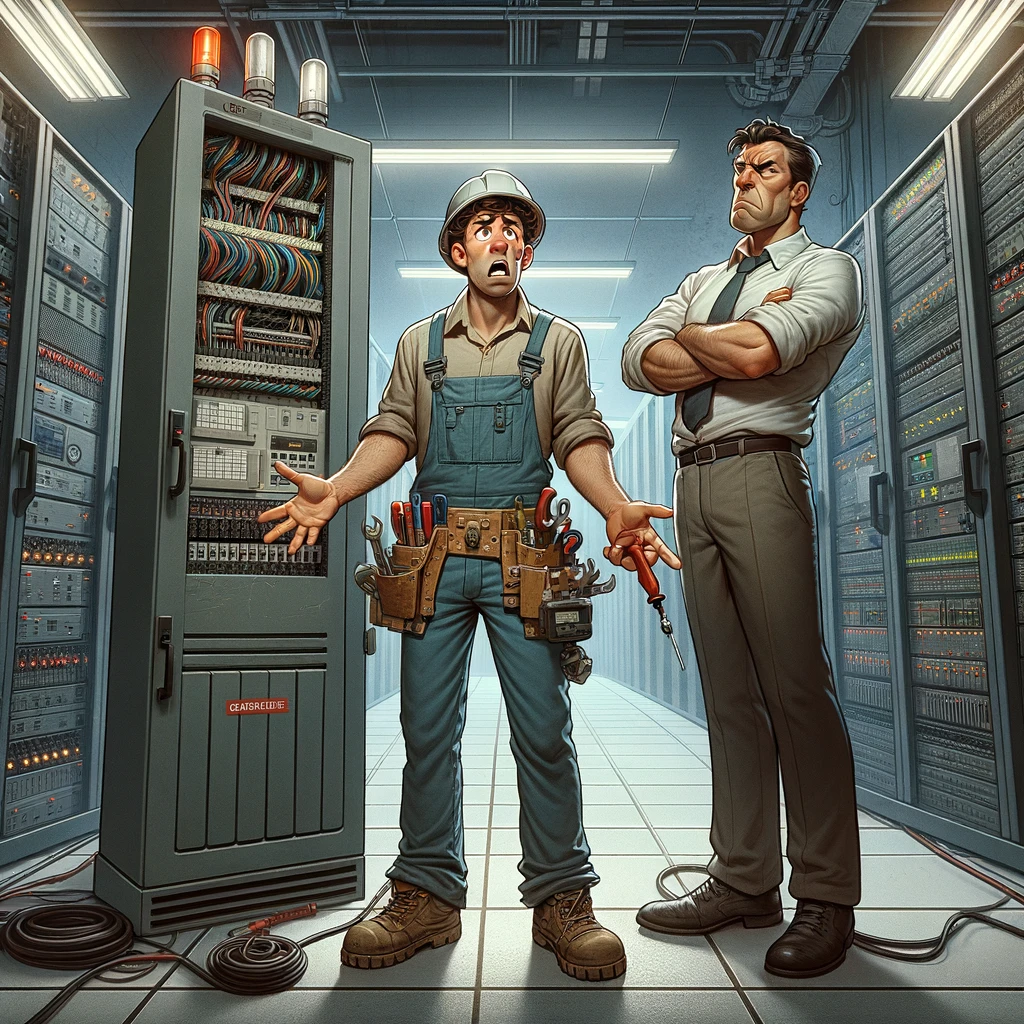In the world of tech, where data is the new gold, safeguarding it becomes a tale of irony and unexpected showers. Picture this: a freshly renovated building, proudly housing a new datacenter on the first floor—safe from the perils of flooding, one might presume. After all, “high and dry” is not just a state of mind when you’re above ground level, right?
Fast forward to the eve of a much-anticipated return to the office, following weeks of tireless efforts and a mandatory break to recharge. Despite the official decree for a weekend of rest, a couple of diligent souls, a network manager and a datacenter administrator, decided to sneak in some hours to troubleshoot a pesky network issue. The journey to the office was uneventful, save for an additional request to check on a disobedient fiber connection.
As they wrestled with the network’s mysteries, alerts began to pop up from the storage system—first, a single system disk issue, then, alarmingly, multiple disk failures. Concern turned into a full-blown emergency. Upon inspecting the datacenter, the situation was comically grim: “Got an umbrella? It’s raining inside the datacenter.”
A steady stream of water from the ceiling had decided to ‘cool’ two server racks with an enthusiasm much appreciated elsewhere. Quick thinking prevented a complete power outage by disconnecting the affected racks. Calls were made, higher-ups and colleagues roused from their weekend tranquility, as the “relaxing” break was washed away.
The culprit? A not-so-waterproof window installation on the top floor, causing a cascade through the floors, culminating in an indoor raincloud above our precious servers. A seemingly innocuous electrical distribution box in the datacenter ceiling, connected to the above via a drilled hole, became an unintended conduit for a waterfall.
This incident, a blend of Murphy’s Law and a comedy of errors, serves as a reminder: in the realm of data security, it’s not just the virtual storms one needs to worry about.



